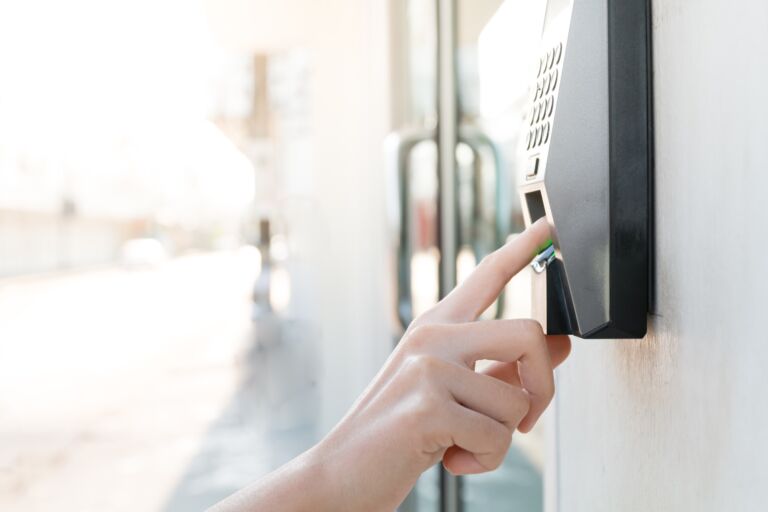An access control system provides your Tampa, Florida business with a way to protect your property and assets. You can easily meet your security standards with access control because it allows you to regulate physical access to the building itself or a room or specific area. However, there are so many options it can be difficult to decide which is best.
If you are ready to enjoy the benefits of an access control system but you’re not sure where to start, this article can help. We will discuss the three basic types of access control systems and then give you some tips on deciding which is best for you.
Types of Access Control Systems
An access control system involves identifying, authenticating, and authorizing (or denying) individuals that attempt to gain access to a facility, workstation, or assets within a business. There are three basic types:
DAC: Discretionary Access Control
In a DAC, the business owner determines who is authorized to access certain areas, either physically or digitally. Compared to the other types of access control systems, this is the least restrictive and most flexible. After all, access is based on the business owner’s discretion. The biggest disadvantage is that there is no centralized control.
MAC: Mandatory Access Control
This type of access control system is used by organizations requiring high confidentiality, such as military institutions or government offices. In this access control system, owners don’t have any control over who has access to a unit/facility. Instead, access is granted by a central authority based on several levels of security. Access is based on the security clearance of the user/device.
RBAC: Role-Based Access Control
RBAC is the most commonly used access control system. It’s often used in business facilities and even private residences. In this control system, the security manager determines the rules/policies that regulate access to the building and its resources. These are often based on conditions, such as the location or time of day. The system administrator assigns access based on job titles- not each person.
How to Determine Which is Right for You
When it comes to deciding which option is right for you, there are several things you’ll want to consider, including:
What are your security needs?
The very first step to deciding which one is right for you is to determine your current needs and your goals regarding security. After all, most access control systems are flexible, so you can grow/scale back as you need to.
Take the time to identify internal and external threats to your business that you wish to stop with an access control system. You want it to work with the dynamics of your business, keeping assets, employees, and data safe while also being realistic about the assets that need protecting.
This is the time when you need to establish your budget as well, and who you will choose to help you with your choice.
What type of equipment do you want to use?
When you are trying to make your decision, you’ll learn that you have options: you can choose a more traditional keycard system or choose something more advanced, such as a biometric system- depending on which best fits your security needs.
Each method has advantages and disadvantages. For example, keycards are easy- but they can get lost. A key code is an option, but your employees may write the code down so they can remember it- which compromises the integrity of your system, or they may forget it.
A Bluetooth-enabled system allows you to use a smartphone app as a keycard/fob to gain access instead of an actual keycard/fob. These seem to be easy to manage and offer the best control.
Of course, if you need advanced security, biometrics, such as faces, fingerprints, or retinas of employees, offer the most security. You can use two-factor identification for even greater security, which requires two types of ID to enter- such as a keycode and retina scan. These are more expensive but offer the most security.
What about integrated surveillance?
An access control system will allow your business to harness the power of an integrated system, including surveillance as part of the access control. You may also use information from these systems to learn who is accessing your facility and assets. An integrated surveillance system can provide real-time updates, which effectively ensures the security of your facility.
By combining the two, you may reduce operating costs because your system is maintained/supported by one provider, which keeps security easy to manage and reduces expenses.
Conclusion
Every business can benefit from an access control system- but not everyone knows which type they need or the available options. By booking an assessment with an experienced security provider, you can make sure that you have the exact right security solution to support the needs of your business both now and in the future.






